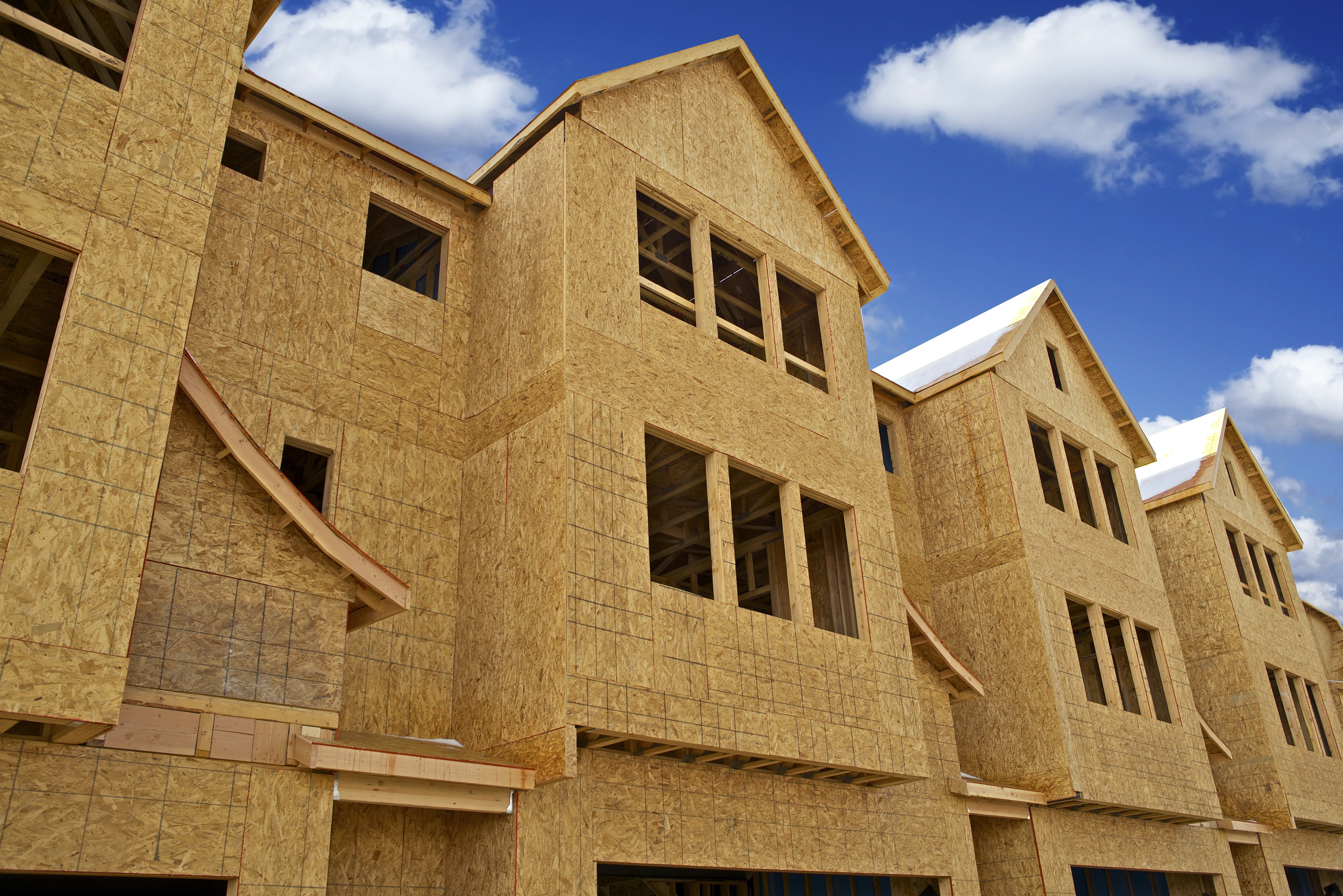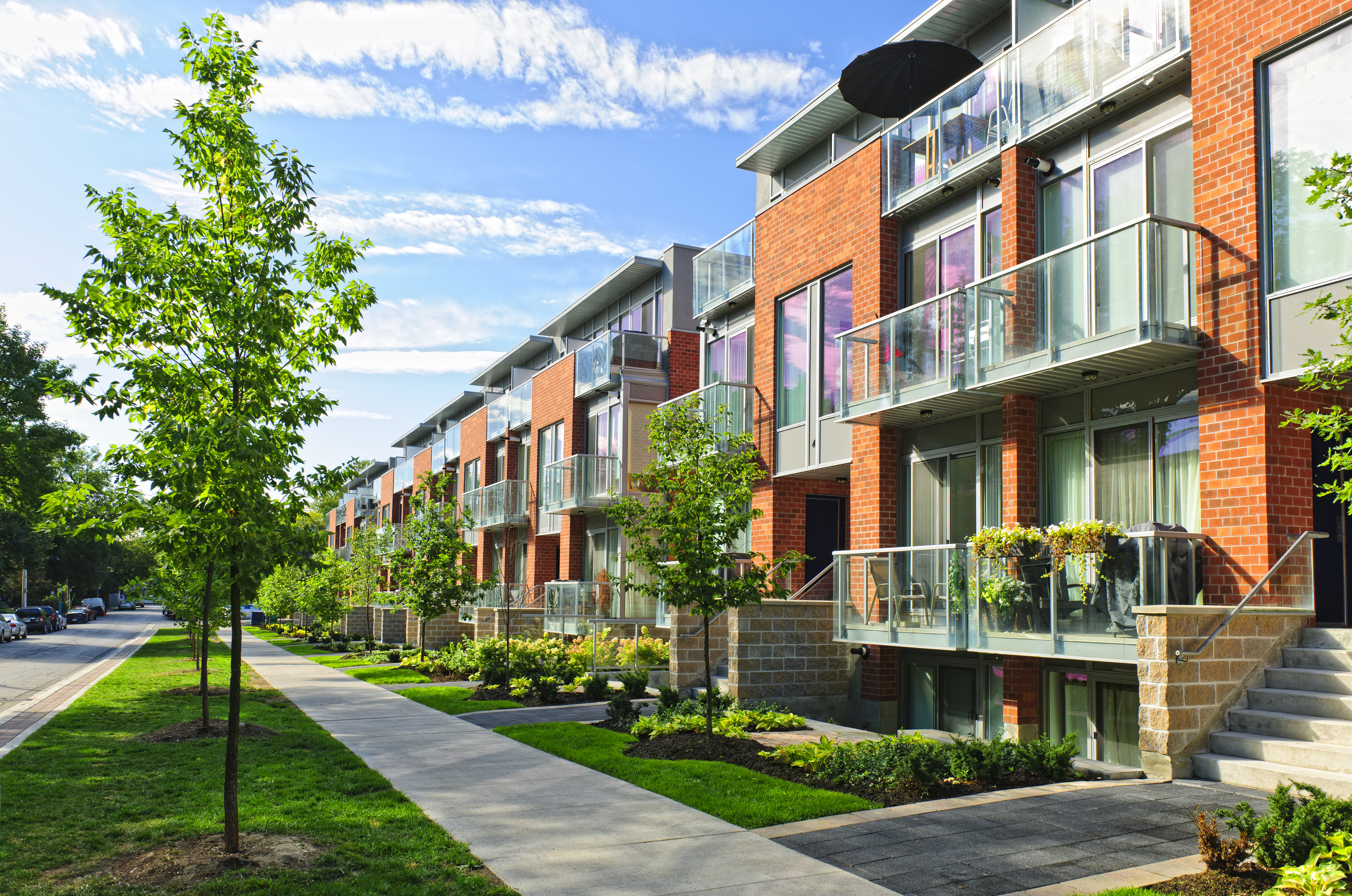 More than any other group, millennial buyers are attracted to infill housing. For these home buyers, typically defined as those born between 1982 and 2004, lifestyle is of the utmost importance. Millennials—who make up about a third of the U.S. population—are looking to live in vibrant, walkable neighborhoods with strong transit options—precisely the locations where infill construction tends to occur. Millennials are not dismissive of less-than-perfect interim conditions that might displease other buyers. They recognize transitional conditions as temporary, and they’re not afraid of density. Today we’re taking a look at the infill building trend in the U.S. with a special eye on how smaller builders are catering to millennial buyers. We will examine what millennials look for in new homes and why these infill projects fit the bill.
More than any other group, millennial buyers are attracted to infill housing. For these home buyers, typically defined as those born between 1982 and 2004, lifestyle is of the utmost importance. Millennials—who make up about a third of the U.S. population—are looking to live in vibrant, walkable neighborhoods with strong transit options—precisely the locations where infill construction tends to occur. Millennials are not dismissive of less-than-perfect interim conditions that might displease other buyers. They recognize transitional conditions as temporary, and they’re not afraid of density. Today we’re taking a look at the infill building trend in the U.S. with a special eye on how smaller builders are catering to millennial buyers. We will examine what millennials look for in new homes and why these infill projects fit the bill.
Infill Building Across the U.S.
The housing bubble and recession has left many American cities with small, undeveloped parcels. Some have called such cities “smiles with missing teeth.” Infill building fills in the blank spots with new real estate development.
Typically, builders can acquire infill properties at reasonable prices. Buyers benefit in many ways, such as being able to enjoy shorter commutes. Our society as a whole benefits because infill housing allows residents to take alternative modes of transit, decreasing automobile air pollution. Infill housing also increases local tax bases, minimizes the development of rural areas, and lowers the cost of municipal infrastructure.
The EPA’s 2012 Report titled Residential Construction Trends in America’s Metropolitan Regions (RCTAMR) reveals the increase of infill housing in the U.S. The report found that almost 75% of large metropolitan areas experienced an increase of infill housing from 2005-2009, compared to 2000-2004. What’s more, one fifth of all new housing construction is infill, according to the RCTAMR.

Infill construction is up across the country because there is pent-up demand in popular locations. By taking advantage of open lots and demolishing old, decrepit homes, infill housing opens these markets to new buyers. Outdated structures (ramshackle hotels, dilapidated, abandoned churches, and unsuccessful retail projects) may be transformed into attractive, thriving housing communities.
Smaller Contractors: Building to Millennials’ Preferences
Savvy smaller contractors begin the infill building process with area analyses. They watch demographic shifts and market trends while keeping an eye on target cities. Certain neighborhoods and streets may be more appealing to buyers. Density research reveals the best options for new construction height, open space, parking, square footage, and more. Thoughtful contractors opt for more height and density in urban locales and lower density in suburban areas.
Smaller home builders can compete with their larger counterparts by quickly acting on critical information such as local agency approval conditions, buyer reactions, and neighborhood reactions.
Millennial Preferences in New Home Construction
Smaller builders such as Southern California’s Brandywine Homes are constructing homes perfectly suited to millennials. These contractors are emphasizing location over quantity of homes built. They recognize that millennials have starkly different preferences than their boomer parents. Where baby boomers focused on home size, millennials are willing to choose condos and townhomes that are in the right location to facilitate their preferred lifestyle. As Shyam Kannan of home development firm RCLCO explains, “Millennials are choosing lifestyle over work style…While product isn’t irrelevant, product is less important than place.”

Here are a few of the features successful infill builders are finding resonate with millennials:
• Strong schools.
• Tantalizing nearby food options.
• Craftsmanship: Local business that focus on how products are made.
• Waterfronts and other natural features in close proximity.
• Strong transportation systems, to provide driving alternatives. The Gen Y Survey found that 81% of millennials say it’s “very or somewhat important to live near alternative modes of transit.” What’s more, 67% said they would pay a premium for their next home to live closer to alternative modes of transportation.
• Shopping and professional services in the neighborhood.
• Safe communities.
• Historical, multi-cultural communities with character. See Detroit. The city’s revival has relied on good architectural bones with rock bottom pricing.
• Affordability. Koelbel Urban Homes’ new 18-unit townhome development in Denver’s hot LoHi neighborhood was entirely sold when construction began, partially thanks to the $385,000 to $409,000 price per unit—just below local competition.
• Architecture that blends in with its surroundings. Infill buildings that stick out like sore thumbs will drive away millennials.
There are 80 million millennials in the U.S. Their purchasing power represents the future of American real estate sales. Today, these 18 to 35 year olds are the most likely group to purchase a home in the next two years. Millennials recognize the wealth potential in real estate. The Concord Group’s “Gen Y Survey” found that 52% of millennials (also known as Gen Y-ers) see retirement investment as “very big advantages” of owning real estate, so builders who consider the housing preferences that appeal to the millennial lifestyle may end up with a very big leg up on the competition.

Builder's Warranty
Warranty Management: Make or Break for a Builder’s Brand?
“We’ve lived in our house for three months and already had to fix a laundry list of items. The builder fights us on everything.” “Building



